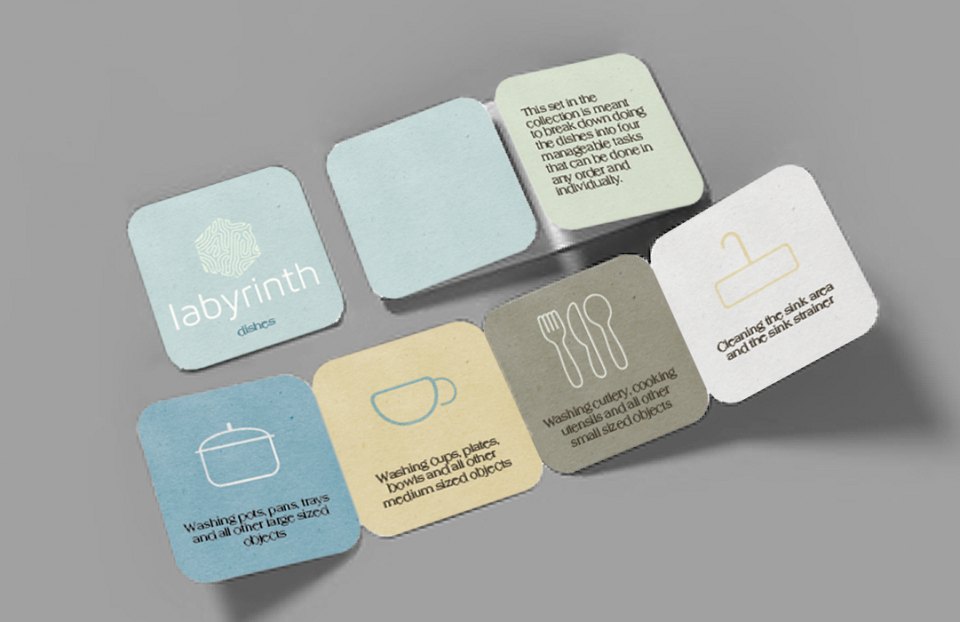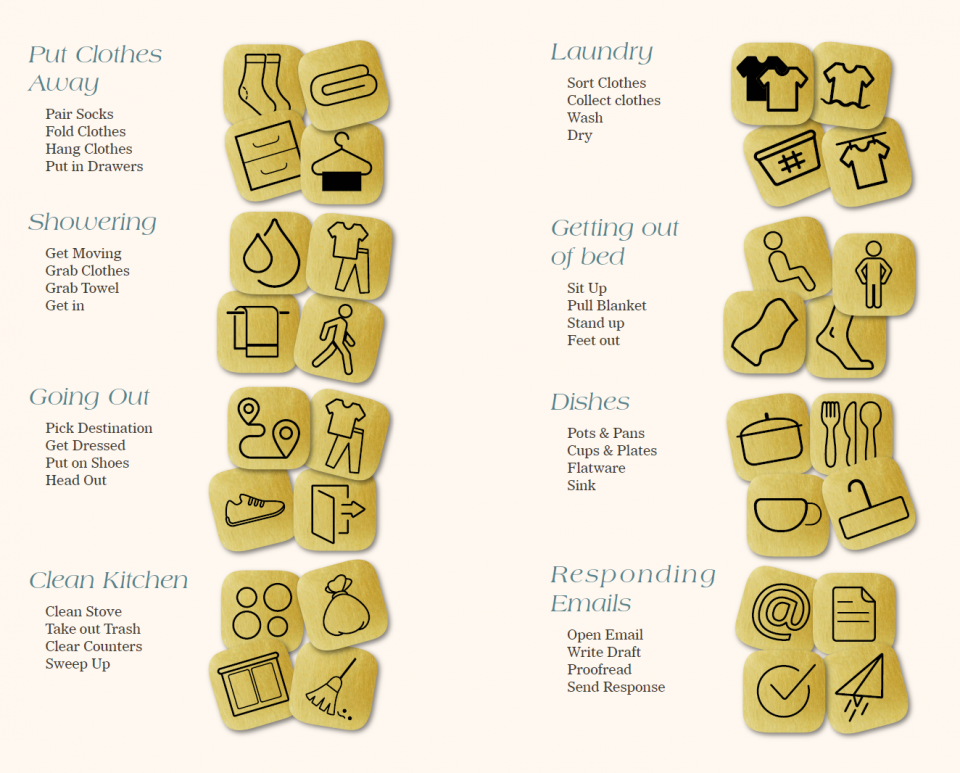Image
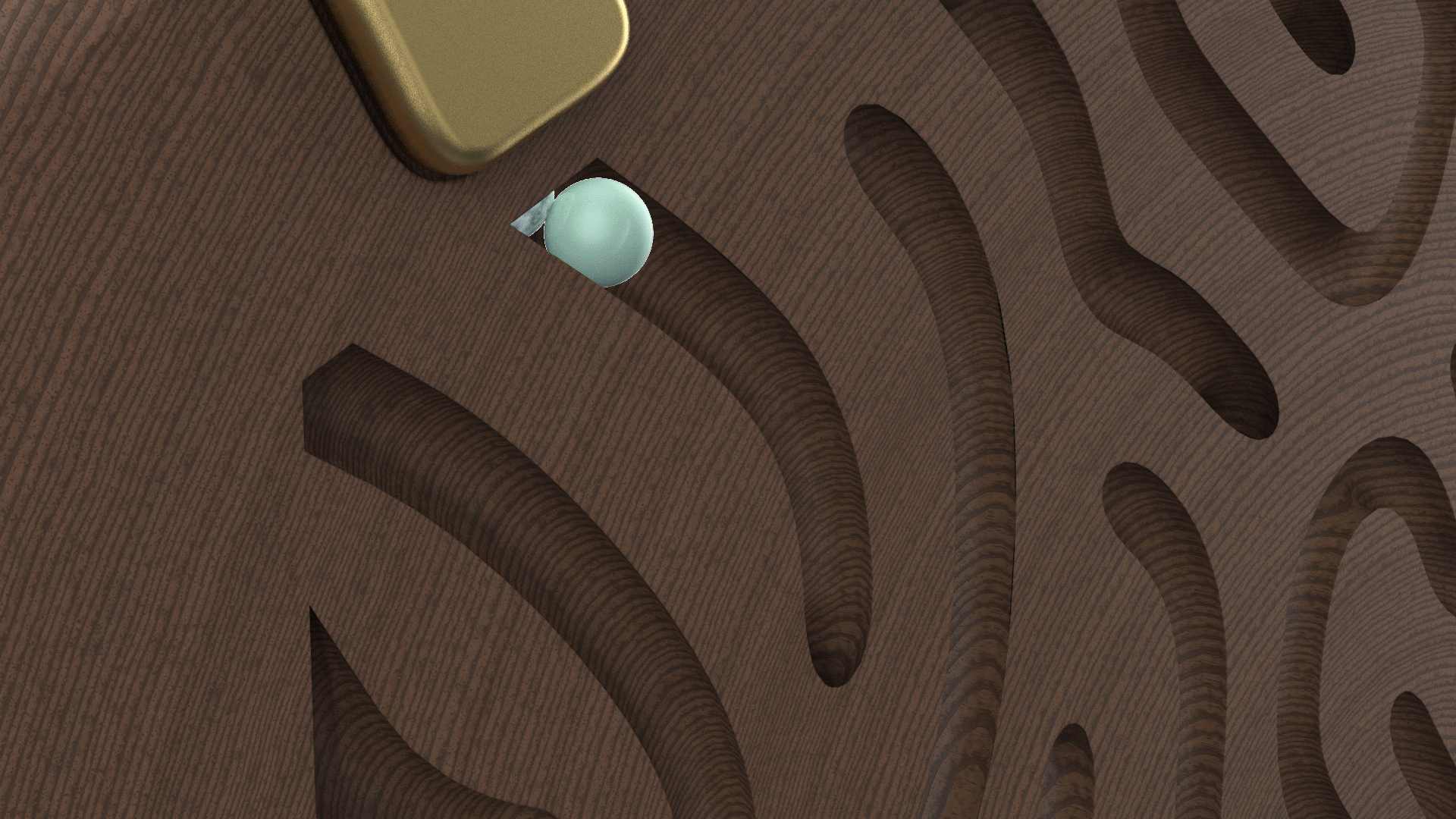
Rebeca Gonzalez Morales
Through the Labyrinth
Image
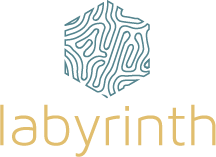
After many turns, I made my way through. Making connections between different paths, paths I thought I had forgotten, abandoned, discarded. My goal is to understand how the environment around us affects our emotional state, our behaviour, our mental health. I seek a destigmatized idea of mental health, a way to show that it is a factor of everybody’s health meant to be prioritized as much as physical health, to expose the burden of frivolousness that it carries. I seek ways to burst the bubble that mental health lives in the world of design, to show that mental health should be as integrated in all designs as much as ergonomics and sustainability. I seek to integrate areas of design and psychology. Through product experience and cognitive behavioural sciences, I explore areas of play, nostalgia, aesthetics, functionality, human-centered design, and everyday objects as well as neuroscience, depression, anxiety, stress, frustration and overwhelm.
I take different twists and turns both in research and design which lead me to the Labyrinth. The Labyrinth proposes to be a new typology of everyday products meant to fit our everyday activities and emotional states. As every object, it serves multiple functions, some obvious and some not. It serves as a way to externalize and objectify our personal Overwhelms. It becomes our companion and a helping hand as we try to balance our time. It concretizes our everyday accomplishments. It shows us we are not alone and we are all just trying to make our way through the labyrinth.
Entangled slides remind me of my childhood. Playful chaos. Chaos, that’s how adult life feels; not playful anymore. The entangled slides tell me how I can play with my chaos, my Overwhelm. I pick my Overwhelms from the collection. A wave of relief and comfort overtakes me as I recognize tasks that I thought I only dealt with. Tasks that I’ve burdened myself with because I felt something was wrong with me for finding them impossible to do. In the collection, my burdening tasks are accompanied by typical overwhelming tasks; but that’s how they feel for me too, especially on my worst days. It is reassuring to see them on the same level, publicly normalized. It says it’s ok and normal to identify these tasks as overwhelming.
I choose my Overwhelms from the collection. Each one is small and precious yet filled with hope and encouragement. As I open the box, I hear the lid slide against the container, very little friction but enough to keep it closed. As I open it, the contents are revealed, five items in total: four sun-colored chips and a card. The chips are soft and warm, despite being metal. Each chip has a different symbol engraved on its face. The card gives them meaning. Seems that the answer to my Overwhelm is to break it down. Simple enough, I’ve heard it a million times before yet I’ve always had trouble doing it. I’ve struggled to come up with the smaller tasks inside each task, especially for these seemingly already small tasks. I place each task in one of the marks on the board holding the entangled slides.
Beads trace a path laid out for them. Laid out to confuse my sight. Laid out to please my visual senses. Seeing them fall as they make a swooshing sound as the metal of the beads graces the wooden path. When a bead reaches its destination and its journey is fulfilled I see my accomplishment. Finally, I can see them add up.
Image
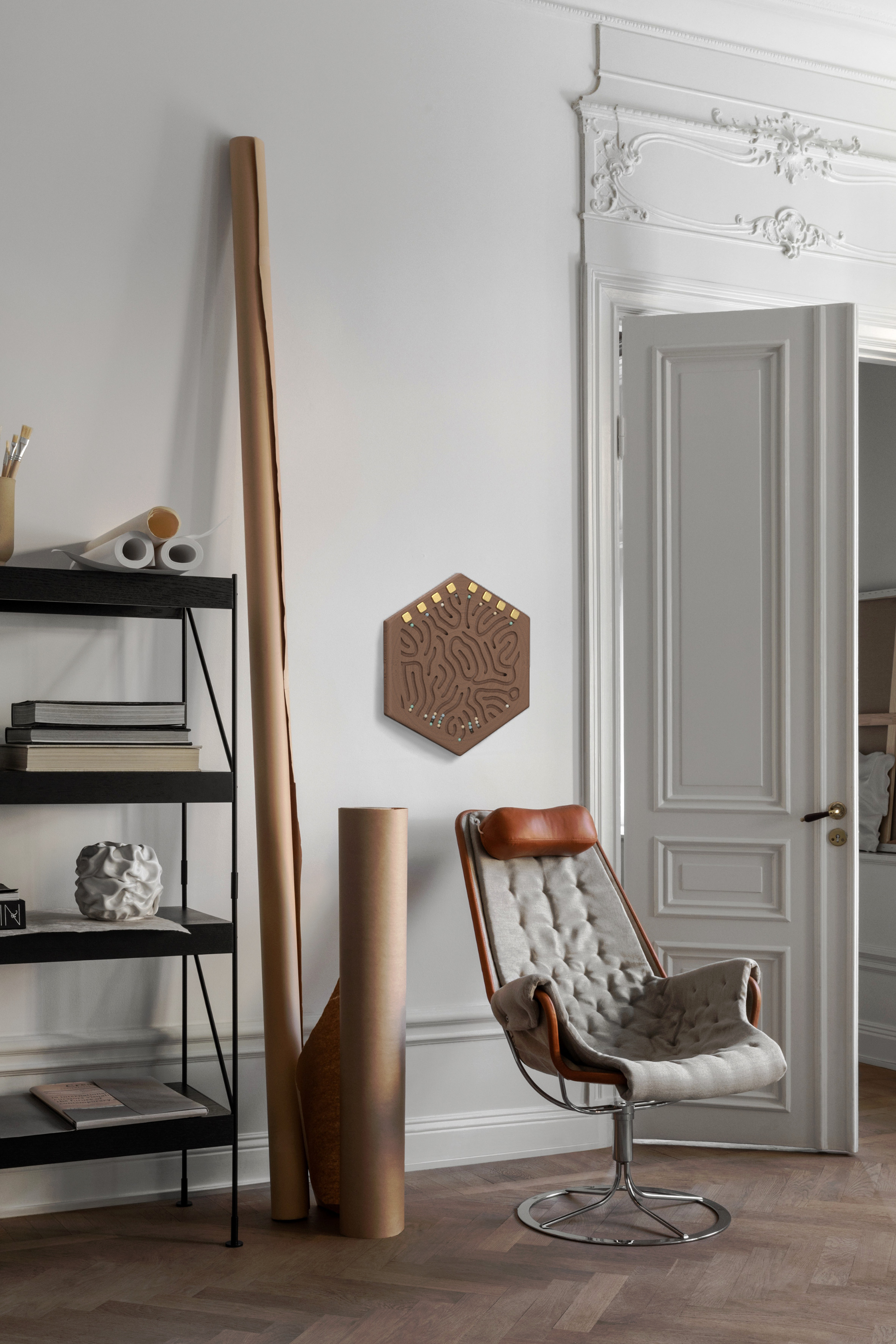
Structure, joy, and motivation are powerful and sustainable tools against everyday Overwhelm and therefore improve our wellbeing and quality of life. Though there can be multiple manifestations of these elements, my approach for them is based on microtasking, play, and rewards. Each one of them is already used in other scenarios dealing precisely with overwhelming and unpleasant tasks. Microtasks are used for big projects most commonly seen in To-Do lists, play is sometimes used to get toddlers to clean up after themselves and rewards are constantly used by employers and parents.
Image
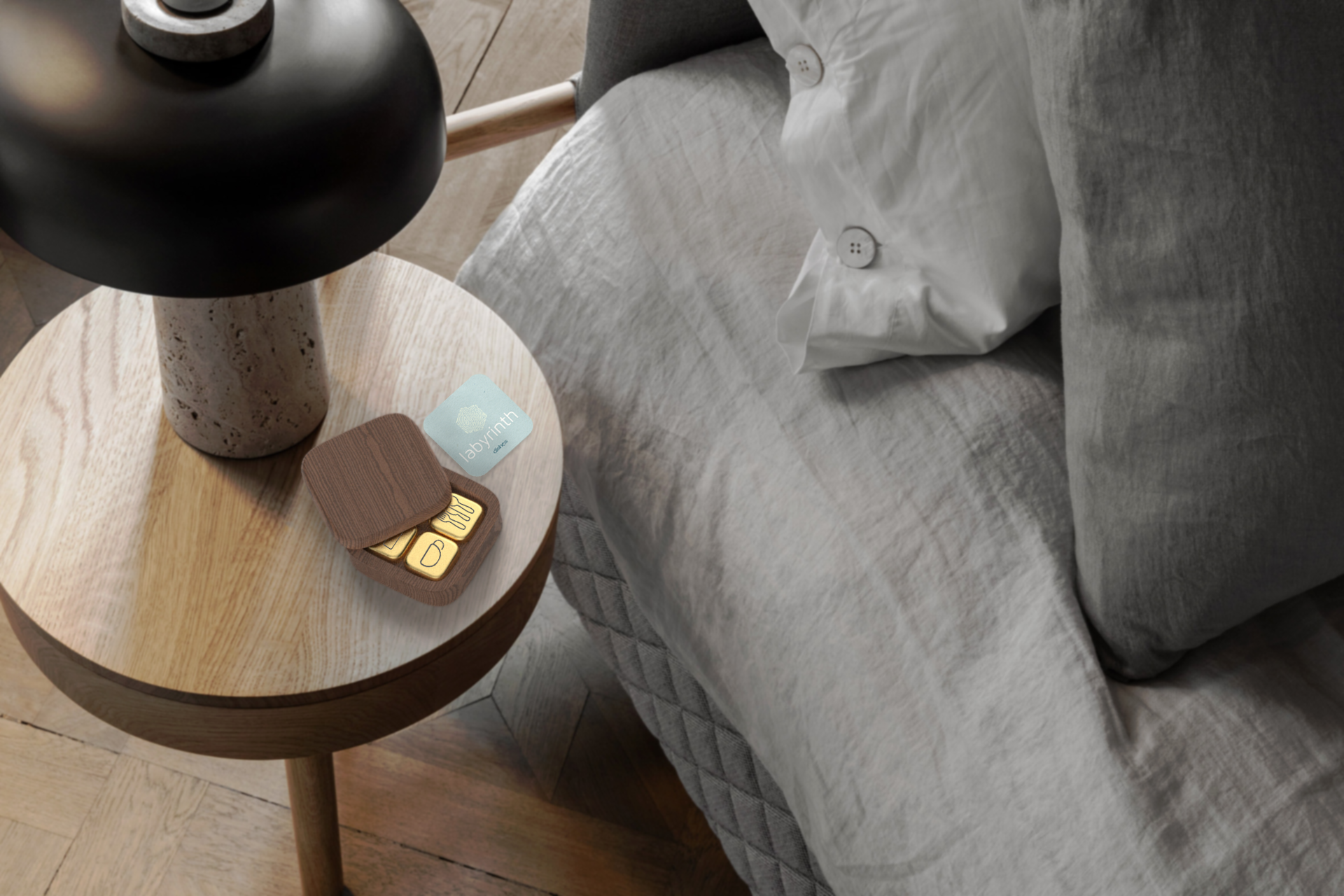
Images
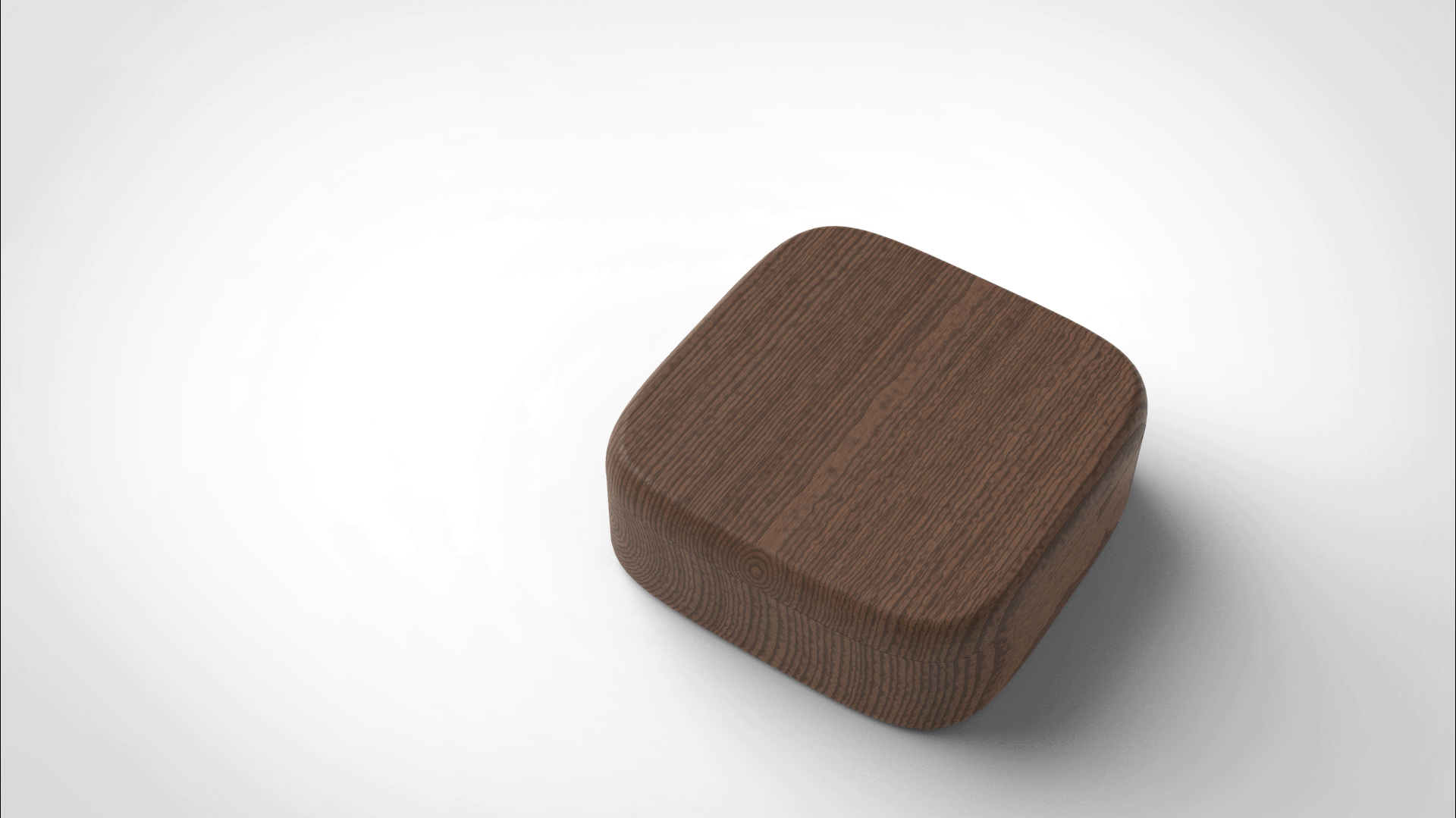
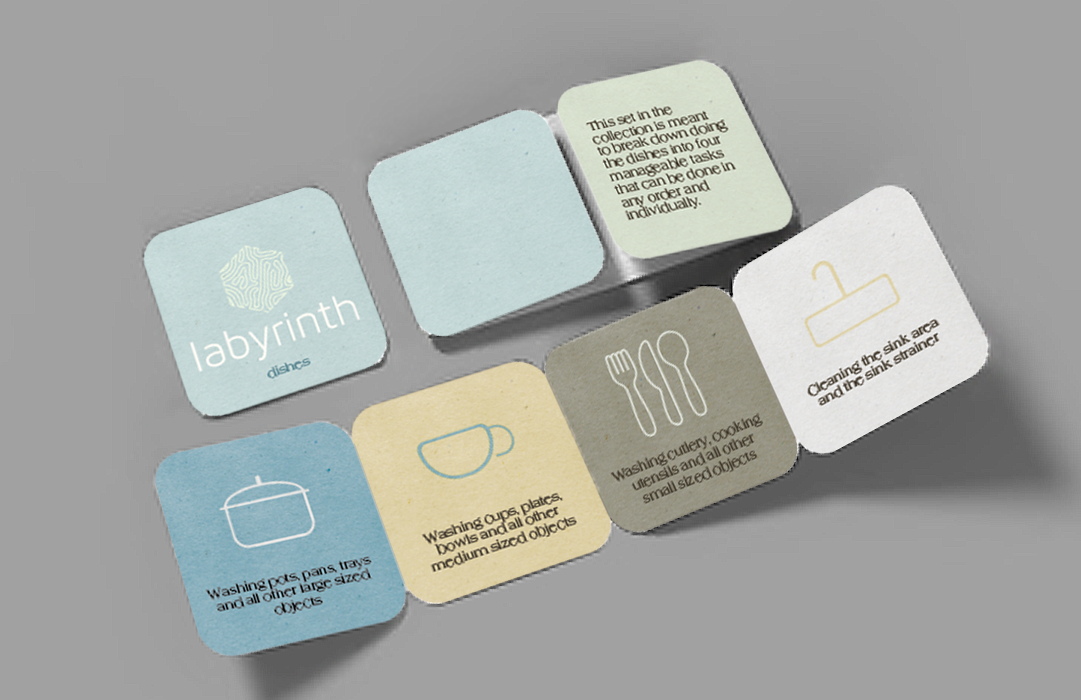
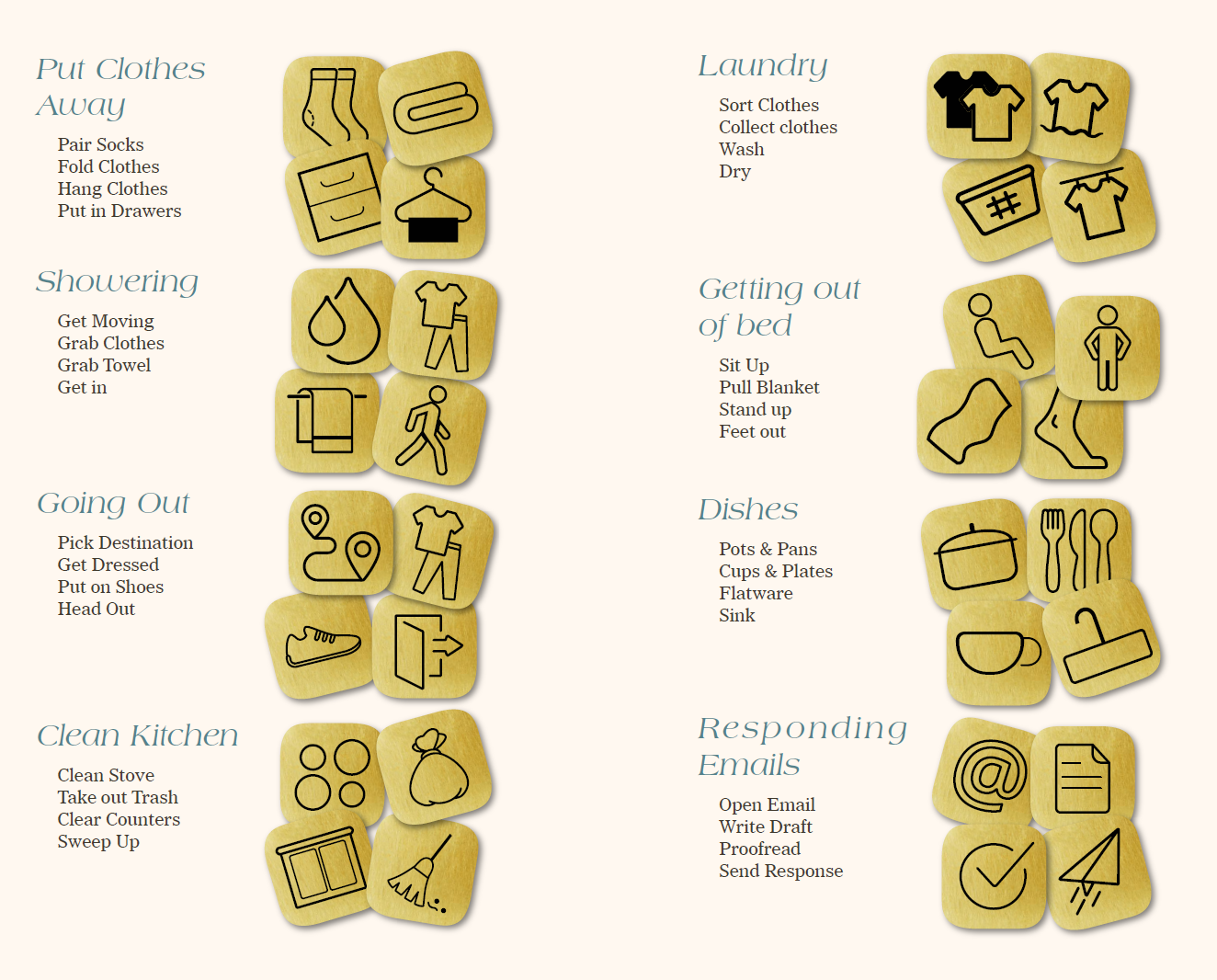
Image

Incorporating games into work is a common parenting practice. Through the Labyrinth, I am harvesting the nostalgia of our inner child by capturing the essence of a classic game: the maze. The Labyrinth turns the tasks into missions. Once all the missions are completed by getting all the stones to the end of the maze, the user wins the reward.
Some of the joys of games are amusement, curiosity, and the physical and mental interaction required. The way the stones roll down the Labyrinth is designed specifically to create this level of playfulness. All the paths seem to be blocked off but some of them connect through the underground tunnels. Some paths are there just to add mystery as to where the stones will come out once they go inside the tunnel. This way the tunnels and the paths provoke curiosity and intrigue. The visual and the sound effects of the stones gliding down the wood amuse our senses. This is meant to be an immediate short term reward that sparks joy in an instant.
Image
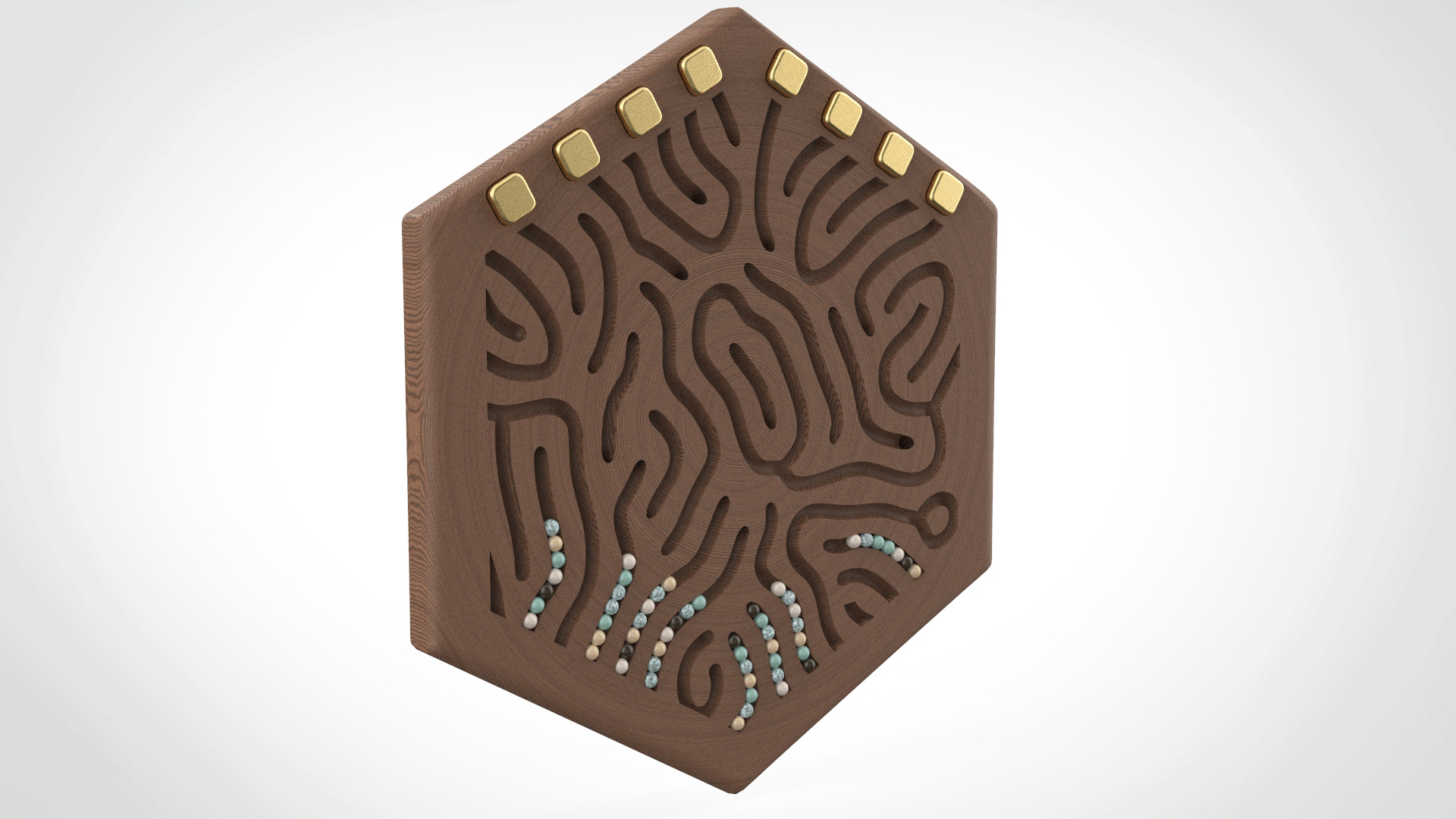
There are eight paths on the Labyrinth. Each one represents a micro-task and every stone represents the number of times the task has been accomplished. Every time a stone reaches the end of its path, it stacks up at the bottom serving as a visual reminder of the accomplishments one has done working up to the final reward.
This reward is freedom. Freedom to do what we actually want to do with our time, ideally, guilt-free time. As the counterpart of entrapment, the sense of freedom in itself will improve our wellbeing by relieving us from our Overwhelms for a period of time. I can’t guarantee guilt-free time since it’s something completely subjective to the person's priorities but the idea is that the accumulation of stones at the bottom releases us from the guilt of taking time for ourselves by showing us our accomplishments. Since we can now see the work we’ve done, we can now see we are not wasting time, instead, we are using the time we “earned”. To avoid using too much time and spiraling out of control into procrastination, every time you take time for yourself, the Labyrinth can be reset by rotating it around and returning the stones to their original place.
